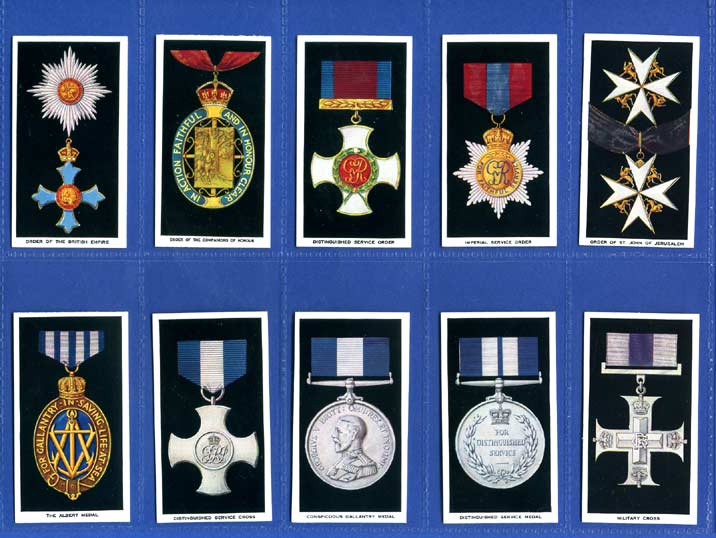

Nominations are reviewed by honours committees made up of government officials and private citizens from different fields, who meet twice a year to discuss the candidates and make recommendations for appropriate honours to be awarded by the King. Honours are split into classes ('orders') and are graded to distinguish different degrees of achievement or service, according to various criteria. A full list is printed in the 'order of wear', published (infrequently) by the London Gazette. Medals are not normally presented by the Sovereign. These criteria may include a period of time and will often delimit a particular geographic region. Each one recognises specific service so there are normally set criteria which must be met. Various orders of knighthood have been created (see below) as well as awards for military service, bravery, merit, and achievement which take the form of decorations or medals. Since then, the system has evolved to address the changing need to recognise other forms of service to the United Kingdom.Īs the head of state, the Sovereign is the ' fount of honour', but the system for identifying and recognising candidates to honour has changed considerably over time. The first English order of chivalry, the Order of the Garter, was created in 1348 by Edward III. Medals are used to recognise service on a particular operation or in a specific theatre, long or valuable service, and good conduct.Īppointments to the various orders and awards of other honours are usually published in The London Gazette.Īlthough the Anglo-Saxon monarchs are known to have rewarded their loyal subjects with rings and other symbols of favour, it was the Normans who introduced knighthoods as part of their feudal government.Decorations tend to be used to recognise specific deeds.

Honours are used to recognise merit in terms of achievement and service.The honours system consists of three types of award: In the United Kingdom and the British Overseas Territories, personal bravery, achievement, or service are rewarded with honours.


 0 kommentar(er)
0 kommentar(er)
